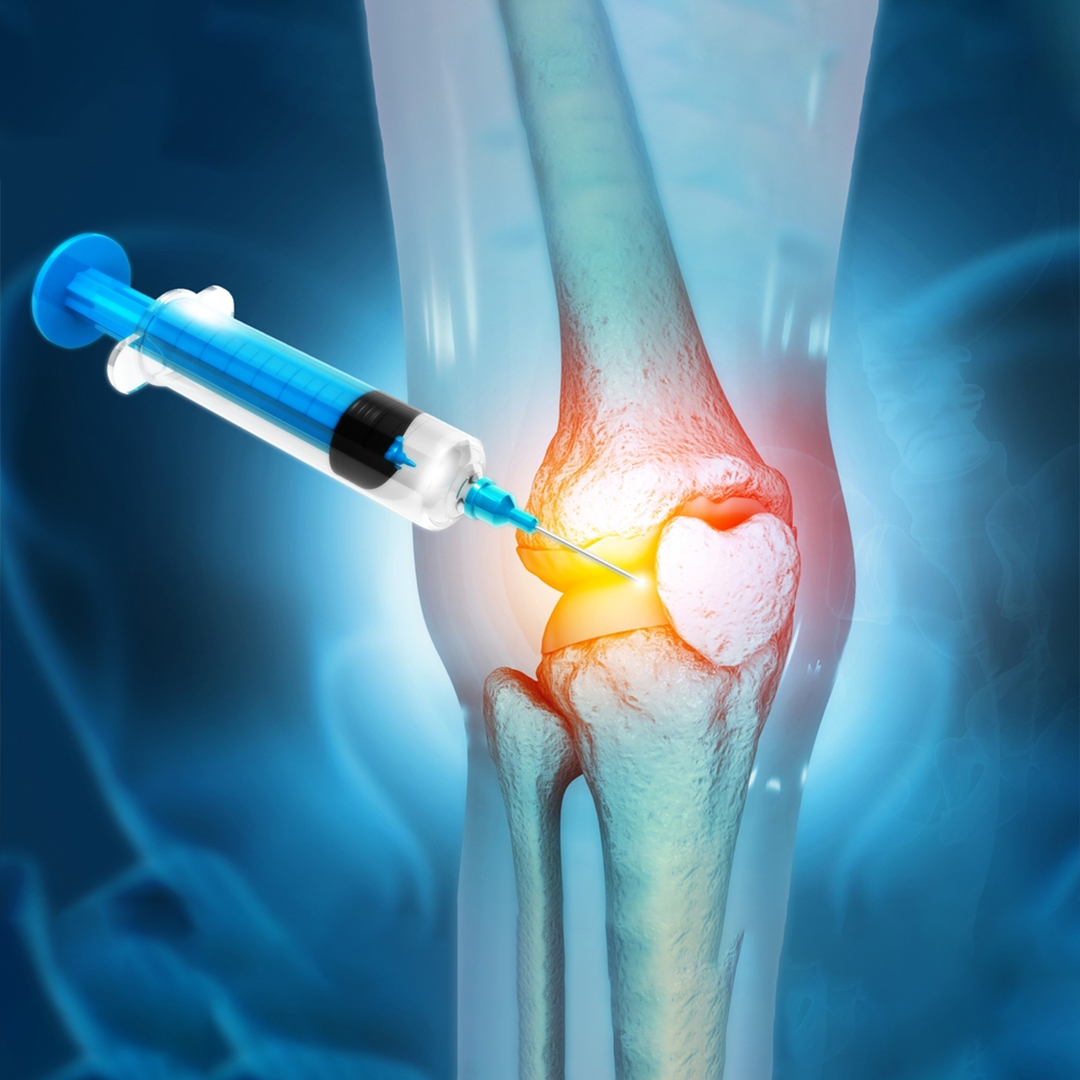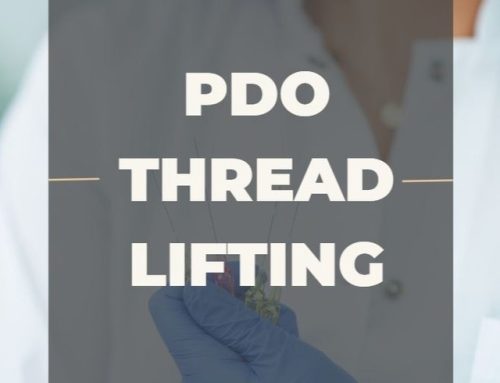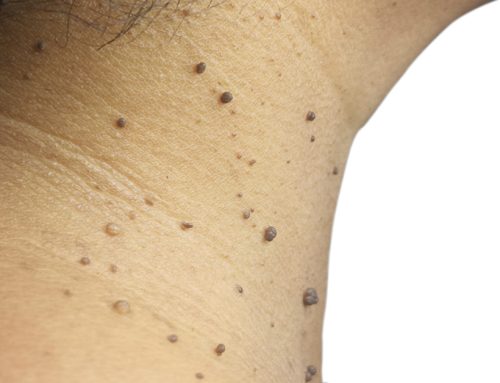Knee pain is a common problem that affects millions of people worldwide. Whether caused by injury, degenerative conditions, or overuse, knee pain can significantly impact one’s quality of life. While traditional treatment options such as medications, physical therapy, and surgery have been available, a groundbreaking therapy called Platelet-Rich Plasma (PRP) has emerged as a promising alternative. In this blog post, we will explore what PRP is, how it works, and its potential benefits for knee pain sufferers.

Understanding PRP:
Platelet-Rich Plasma (PRP) is a cutting-edge medical treatment that utilizes a patient’s own blood to stimulate healing and regeneration. The blood is extracted and processed to concentrate platelets, growth factors, and other bioactive substances, which are then injected into the affected area, in this case, the knee joint. PRP contains a higher concentration of platelets than normal blood, making it a potent source of healing factors.
How PRP Works:
When PRP is injected into the knee joint, the concentrated platelets release growth factors and other bioactive molecules. These substances help accelerate tissue repair, reduce inflammation, and promote the growth of new, healthy cells. By harnessing the body’s natural healing mechanisms, PRP aims to stimulate the regeneration of damaged tissues and alleviate knee pain.
Benefits of PRP for Knee Pain:
1. Non-surgical approach: One of the most significant advantages of PRP therapy is that it offers a non-surgical treatment option for knee pain. This means that patients can potentially avoid the risks and prolonged recovery associated with invasive surgical procedures.
2. Reduced pain and inflammation: PRP injections have shown promising results in reducing pain and inflammation associated with knee injuries and conditions like osteoarthritis. By targeting the underlying cause of the pain, PRP can provide long-lasting relief.
3. Enhanced tissue healing: The growth factors and bioactive substances present in PRP promote tissue regeneration, helping to heal damaged cartilage, ligaments, and tendons. This can lead to improved knee function and increased mobility.
4. Minimal side effects: Since PRP utilizes the patient’s own blood, the risk of adverse reactions and complications is minimal compared to other treatment options. Allergic reactions and infections are rare, making it a safe choice for many individuals.
5. Shorter recovery time: Unlike surgery, which often requires weeks or months of rehabilitation, PRP therapy generally involves minimal downtime. Patients can resume their daily activities relatively quickly, although specific guidance from the healthcare provider should be followed.

Conclusion:
PRP therapy has emerged as a groundbreaking treatment option for knee pain, offering a non-surgical and minimally invasive approach to healing and regeneration. With its ability to reduce pain, and inflammation, and promote tissue healing, PRP holds tremendous promise for individuals suffering from knee injuries or degenerative conditions. However, it is essential to consult with a qualified healthcare professional to determine if PRP is suitable for your specific condition and to receive proper guidance throughout the treatment process.






